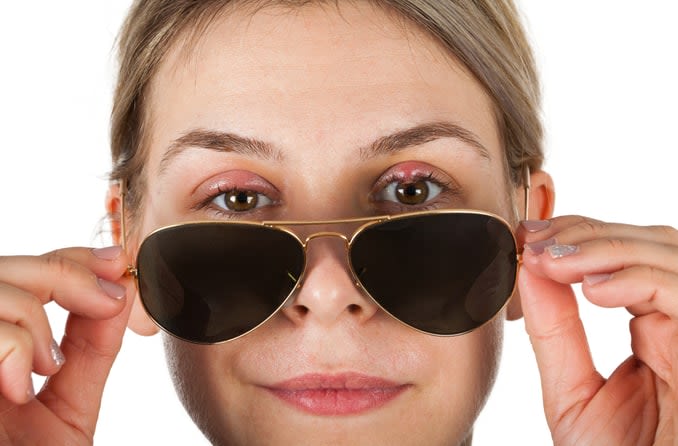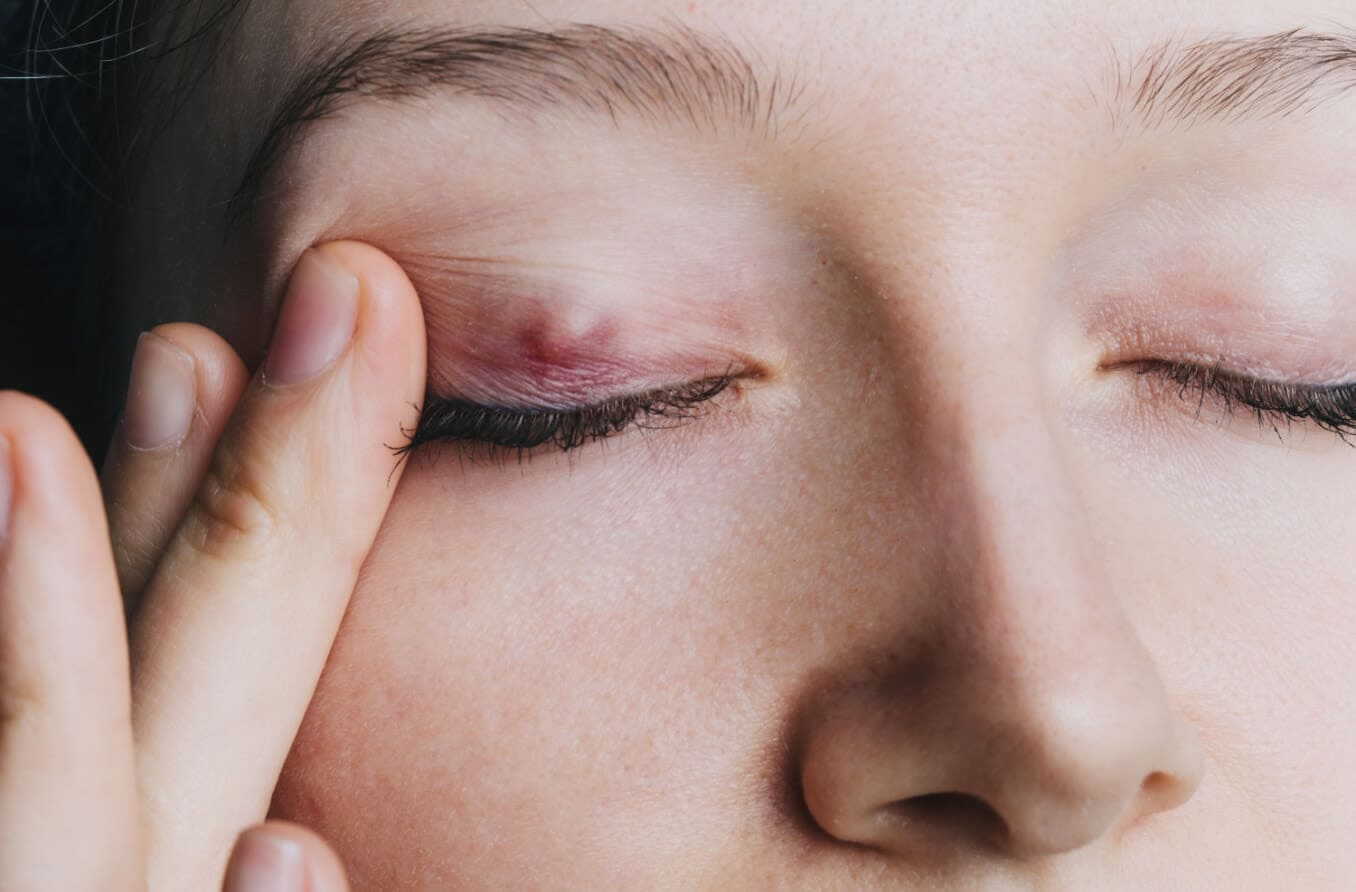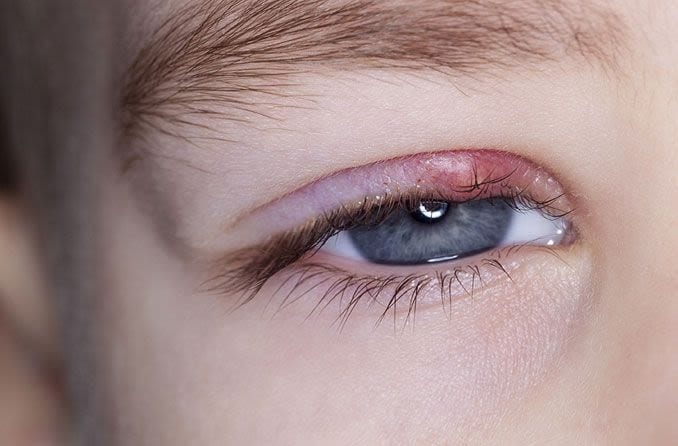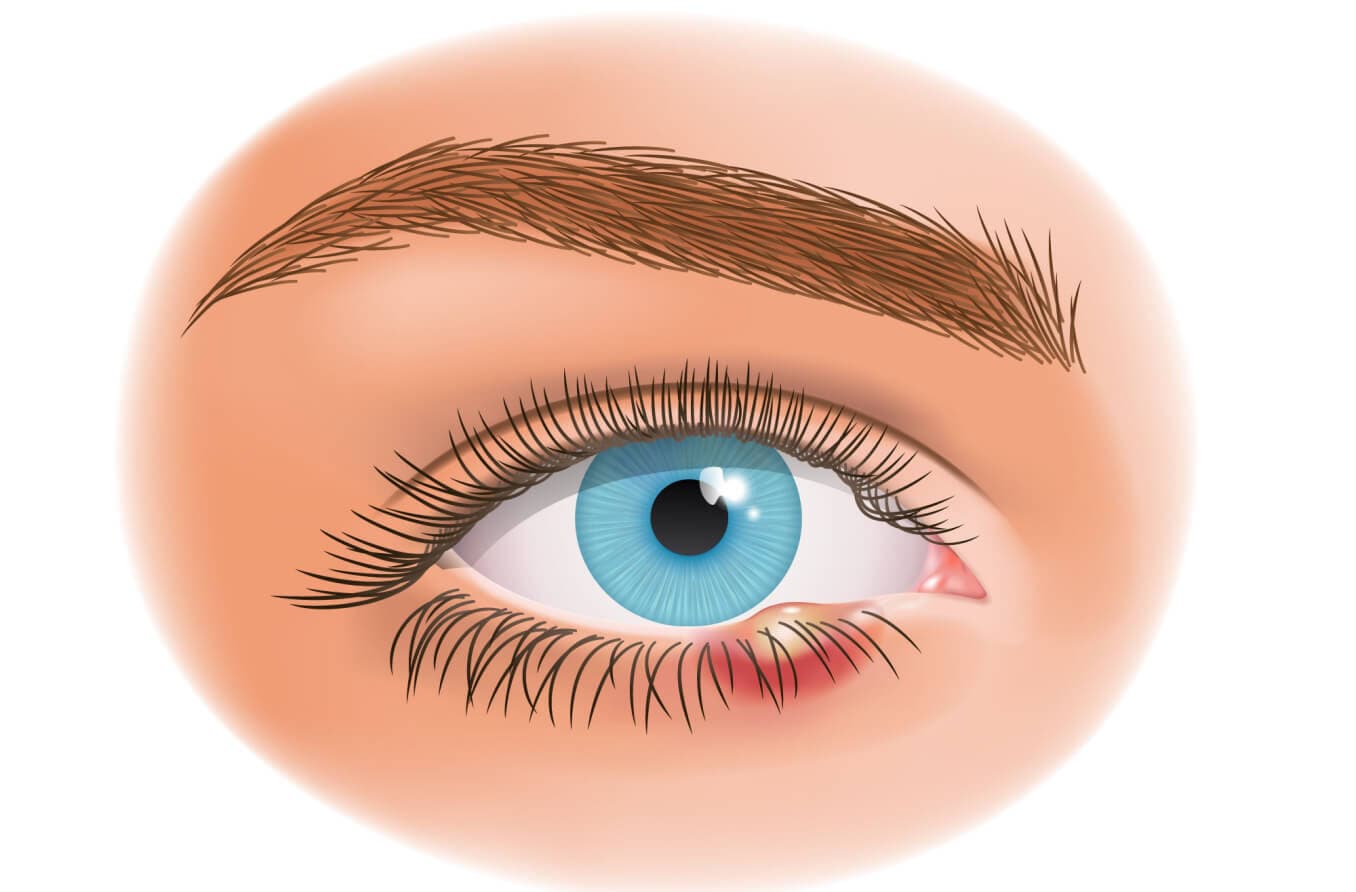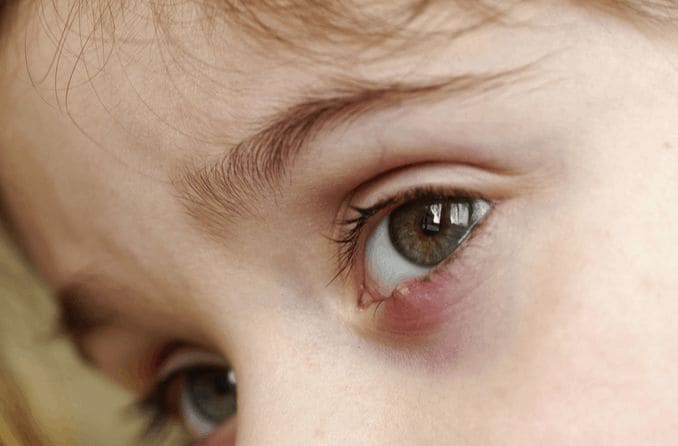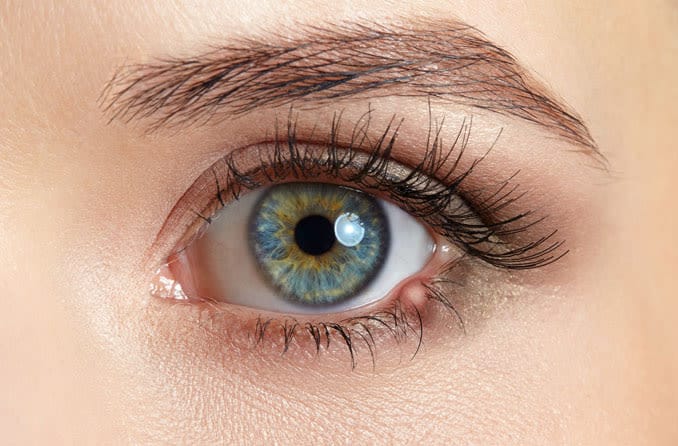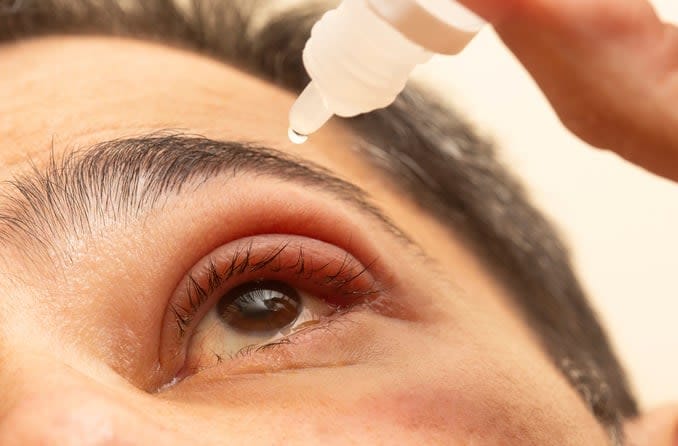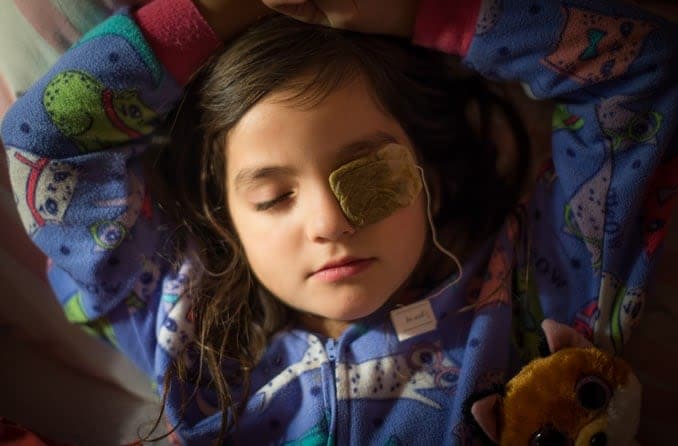Can styes ever be contagious?
Technically, it’s possible for a stye to be contagious if a person with a stye touches it and then transfers the bacteria from their finger to another person (or even to their other eye), but this rarely happens.
Styes are not contagious through casual contact, meaning you can’t catch a stye simply from being around someone who has one. A stye develops due to bacteria, so touching, squeezing or scratching a stye transfers that bacteria to your fingers or whatever item you used to touch the stye.
For example, bacteria can spread if a person touches their stye but doesn’t wash their hands before touching a common surface — such as a doorknob, elevator button or office coffee maker — then someone else touches that surface, and then their eyes, before washing their hands.
Similarly, if someone with a stye uses a towel on their face and then you use the same towel on your face, your eyes may come into direct contact with stye-causing bacteria.
This risk doesn’t just extend from one person to another. If you wear eye makeup while you have a stye (this is not recommended), you can spread that bacteria to other oil glands and eyelash follicles, raising your risk of infecting both eyes or having multiple styes on one eye.
READ MORE: If it's not contagious, what causes a stye?
